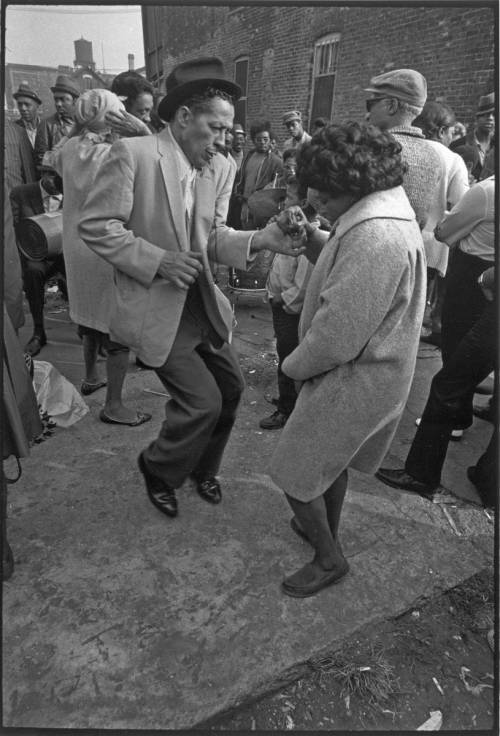As another year comes to a close and 2022 looms large on the horizon, the IDHH would like to devote a post to the ways in which we reconnect, recharge, and renew ourselves during these busy holiday weeks. As a nod to the ways in which we all might choose to close out this year, we have featured a few forms of togetherness and entertainment from years past.

Invented by American Thomas Edison in 1877, the phonograph was the first sound machine that could both record and reproduce sound. The earliest “record player”, these devices consisted of a stylus or needle which traced the grooves etched upon a rotating cylinder and then amplified the sound waves through a flared horn. By 1890, record manufacturers had begun to mass-produce their product, allowing consumers to assemble their own record collections and share their favorite music with friends and family.

While previous generations may not have had the ability to binge-watch an entire season of TV together over the course of a weekend, they could enjoy dazzling depictions of scenes and far-off places from the comfort of their very own homes using a magic lantern. Widely accepted to have been invented by Dutch scientist Christiaan Huygens in the 17th century, the magic lantern created large-scale projections from images on transparent glass plates by manipulating one or more lenses and a light source. With these larger images, a magic lantern was preferable for large groups of viewers and was commonly used for entertainment purposes from the 18th century until the mid-20th century.


However we choose to spend these last moments of 2021 together – whether that’s listening to music, dancing with our favorite dance partner, or watching a feel-good movie – the IDHH wishes everyone a joyous holiday season and a wonderful New Year!


Want to see more?
Visit the IDHH to explore other items related to togetherness and entertainment.
Find even more examples of magic lanterns, phonographs, and dancing on the IDHH.